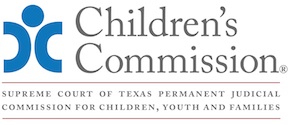
Texas Child Protection Law Bench Book
Updated September 2025
D. Monitoring of the SSCC by DFPS
Rather than serve in its traditional role in CBC areas, DFPS, consistent with state and federal law, provides quality oversight and assurance to ensure contract compliance, conduct assessments of fiscal and qualitative performance of the SSCC and subcontractors, as well as create and administer a dispute resolution process. DFPS also monitors the transfer of case management services, and has the statutory authority to review, approve, or disapprove a contractor's recommendation with respect to a child's permanency goal.